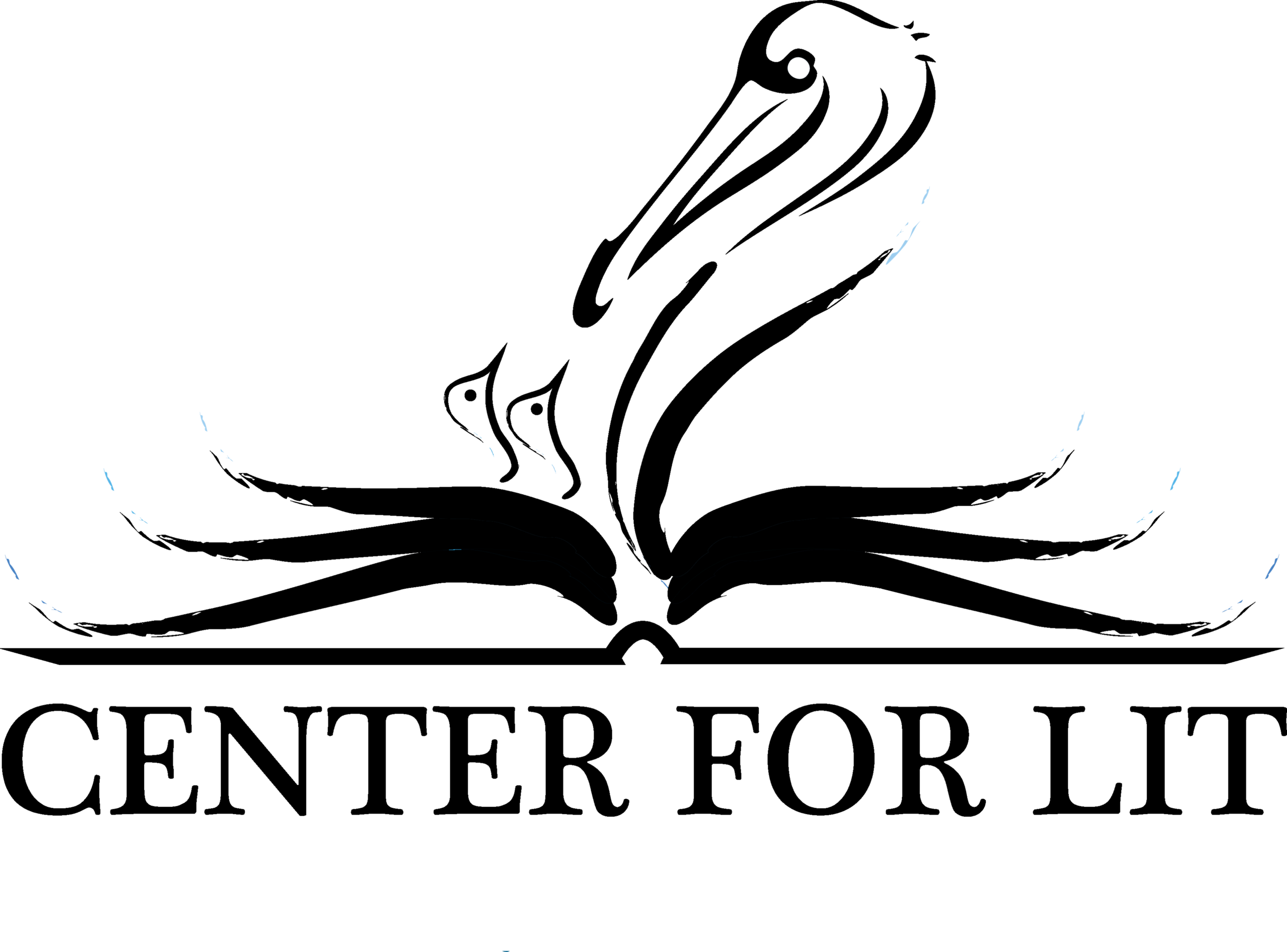"Close Reading" and Postmodern Criticism
Ian Andrews | April 9, 2018
My mother hates the term “Close Reading.” To her it is emblematic of the postmodernist deconstructive literary criticism she encountered during her own college years in the late 80’s. To engage in this sort of “close reading” was to focus so intently on the trees that you missed the forest entirely; to purposefully evade and ignore the overarching thematic meaning of an author’s text and to decide what the work “meant to you” by evaluating how the granular details of the story made you feel.
Put that way, I share her distaste! If we aren’t reading to hear someone else’s voice, then why spend time with our noses in a book at all? No, the practice of reading must be about quieting your own voice for long enough to let another, often someone long dead, finish speaking.
I’d like, however, to recommend “close reading” in a different sense. When I myself was in college (my mother’s alma mater, in fact), I encountered a professor who encouraged “close reading” – and he meant something quite different: reading slowly, contemplatively, and carefully. He and my mother would, and do, agree that understanding a great novel requires this of every reader. Let me offer you an example of this kind of reading, and then I’ll explain how my professor’s use of the term has been helpful for me.
I just re-watched The Prince of Egypt, an absolutely beautiful and moving children’s animated feature that details the life of Moses, the biblical leader of the Exodus. I, like many of you, have seen the movie several times over the course of the 20 years since it made its theatrical debut, but this is the first time in about 10 years that I’ve returned to it. It was nothing short of fabulous, and a very different film than the one I remembered. The details hadn’t changed at all, but I certainly have, and I approached the experience with new eyes.
One scene stuck out to me: Moses confronts his former adopted brother, Ramses, the Pharaoh of Egypt, in the palace before a grand mural detailing their father’s decree, sentencing all firstborn Jewish males to death. As they argue, Moses begging Ramses to see reason and release the Israelites before God smites Egypt with a terrible plague, the Pharaoh’s young firstborn son interrupts them. The “camera” pans out to encompass the mural behind the boy, and he is standing at the bottom of a column of babies, tumbling into deep water, where the jaws of crocodiles await them. Ramses, hot with anger, denies Moses’s request, and, in the manner of his own father in the mural behind him, sentences his own firstborn and the rest of the firstborn in Egypt to death.
As a child, I was unaware of the striking and powerful symbolism of this scene. I knew that Moses’s request was being denied, and I knew that he was sad about it. But I didn’t see Ramses standing in the same pose as his father, and I didn’t understand that his own son was about to pay the price for his arrogance in the same way that the sons of Israel paid the price for his father’s. I also didn’t have the tools yet to take a step forward and see that, by condemning the firstborn children of Israel to death, Ramses’s father had ensured that Moses would rise to deliver his people! Even in this twofold tragedy, both Pharaohs were instruments in the hands of God.
What I’ve just done is “close reading” of the kind my professor meant to recommend: taking the time to step out of the flow of the story’s narrative, and pay attention not only to what is being said, but to how the author is saying it!
The misconception afflicting the postmodern critic that my mother so often derides is a natural and understandable one: they’ve approached the same work multiple times, and found it much different each time around. That must mean that the story’s meaning is malleable, right?!
Wrong. The author wrote to say something particular, and a good reader’s job is to ferret out that meaning. But that isn’t to gainsay the idea that each reader’s own life experience and personality participates in and affects the reading project. It most certainly does! In fact, that is one of the beautiful things about re-reading a true classic. Your own growth as a person means that you will likely perceive new implications, understand new elements, and feel the impact of different aspects of the story than on your first read-through, just as I perceive a deeper current of meaning in The Prince of Egypt than I did as a child.
Part of the reason I’ve chosen to talk about an animated film here is that it is “art” in a very tangible sense: the people telling this story drew the pictures with their hands, and included every tiny detail for a good reason. Anyone would agree that the viewer was supposed to see the murals on the walls of the palace, and that the animators chose the scene to paint there carefully. If they hadn’t, those murals wouldn’t be present, as no element of a drawing could exist without careful planning and execution on the part of the hand holding the pen.
What I’m here to argue today is that this attention to detail looks different in a novel, but it is no less present. Homer, Shakespeare, Dostoevsky, and even humorists like Twain chose every tiny syllable with precision and care. To engage in “close reading” is to appreciate those details, and to see in every tree a sliver of the meaning in the forest.
I think we need to reclaim the tools the postmodern critic has stolen for our own use once again. The authors I listed above deserve credit for shaping every phrase with foresight. If we believe that, then a search for their larger thought in the granular details of a novel will never be returned void.

